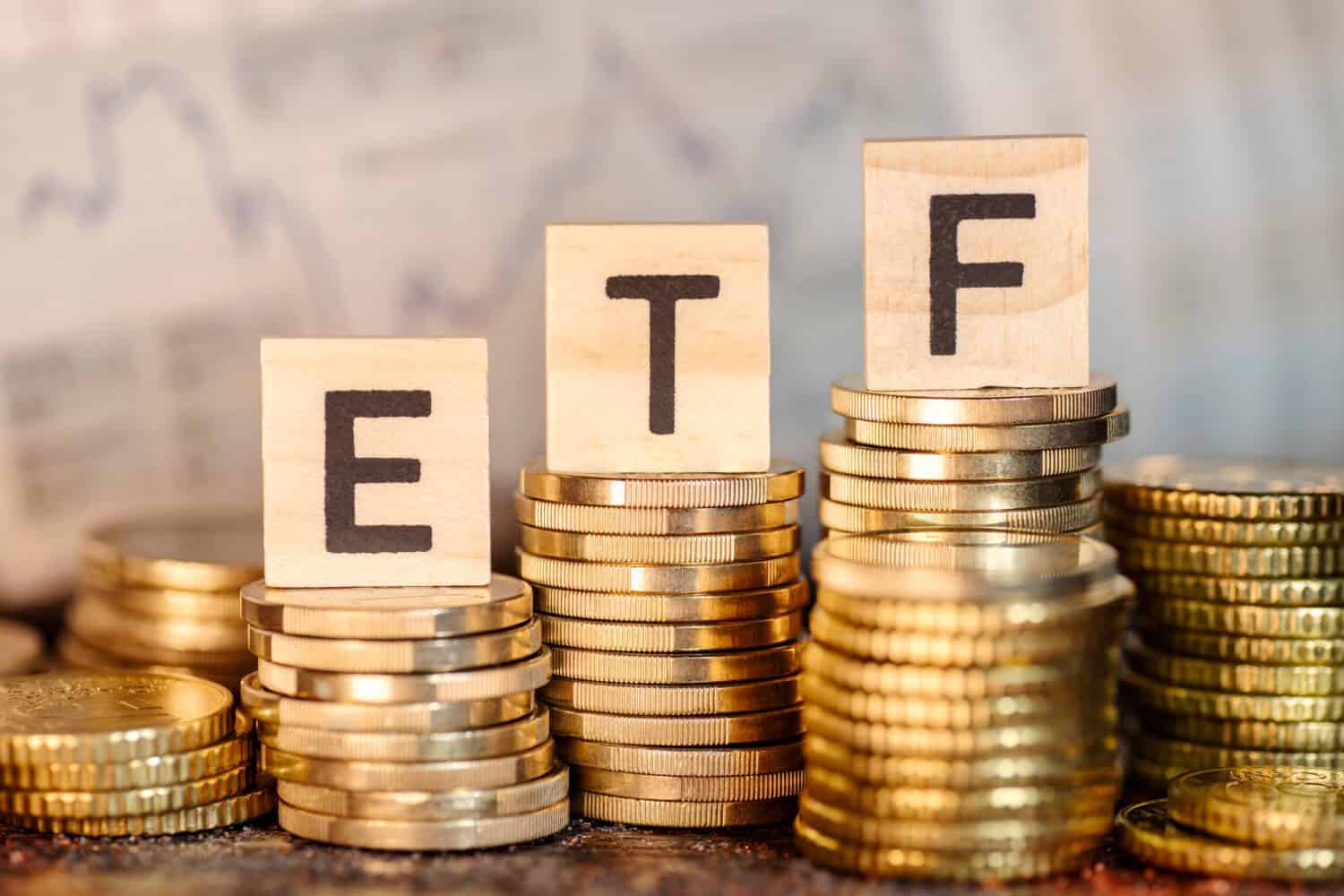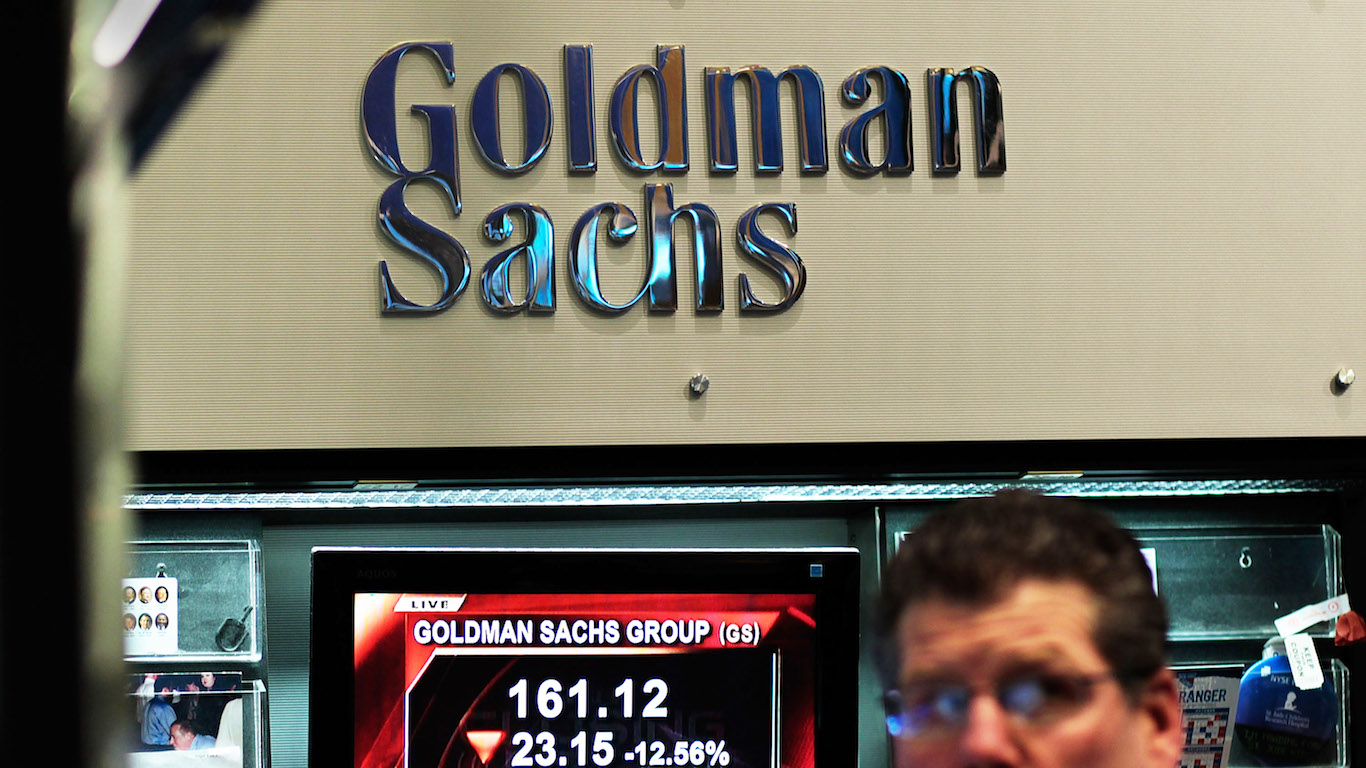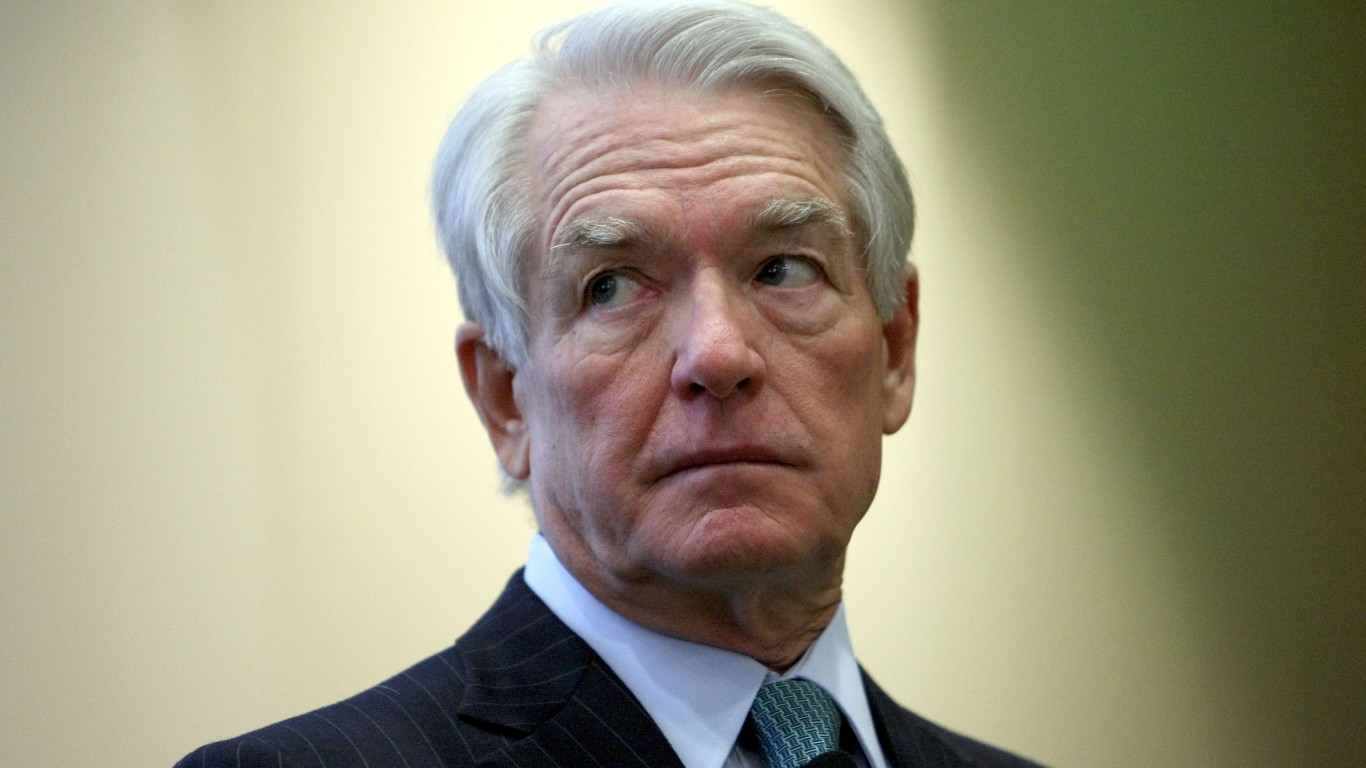
When it comes to investing, individual exchange-traded funds (ETFs) aren’t a one-size-fits-all financial vehicle as there are plenty of funds to choose from and the number of long-term possibilities in the ETF market continues to grow year-over-year. For younger, less-experienced investors, ETFs can be an easy foot onto the market. ETFs are low-cost investment options, and depending on their holdings and investment activities, some funds may be a highly tax-efficient way to get started as an investor. What’s more, ETFs are fairly transparent, meaning that what you see is what you get, and there usually aren’t any hidden surprises, although it’s advised to always read about any investment before making a final decision. ETFs are easy to buy and sell, and due to the uncertainties in the market, demand for high-growth and high-value dividend ETFs should continue to grow over the coming years, despite many experts warning of a 2008-like market crash looming. These and other qualities make ETFs an attractive option for investors looking to gain exposure to more corners of the market and diversify their portfolio with investments that will provide them with long-term growth and buoyancy.
Apples and Oranges
Being informed about the investments that you’re adding to your portfolio is an important step any investor needs to take. One misconception that many newer, and perhaps less-experienced investors tend to have is knowing what an exchange-traded fund is, and how it differs from a mutual fund. For some, it’s almost second nature to know the difference between these two investment options, however, for novice investors, here’s a quick rundown to help keep them up to date:
- Exchange-traded funds are passively managed, meaning that these funds will track a market-weighted index i.e. S&P 500, Nasdaq, Dow Jones Industrial Average.
- Similar to buying stock, ETFs can be bought and sold throughout the trading day.
- ETFs tend to have lower fees and overall expense ratios, partially due to lower trading costs.
- Mutual funds are considered to be actively managed, though some funds are passively-managed.
- Purchasing a mutual fund can only be completed at the end of a trading day, and the transaction can be longer compared to buying ETFs.
- Unlike ETFs, mutual funds tend to have higher fees, expense ratios, and trading costs.
- There are different types of mutual funds, including open-ended and closed-ended funds, which can have limits or a fixed number of shares included in the fund.
Knowing the difference can help you choose an investment that’s more suited to your overall strategy, and complements your long-term investment goals.
Four Wall Street Favorites
There are plenty of exchange-traded funds to choose from, however, only a selected handful are often worth any seasoned investor’s time and money. The following four ETFs will help give investors a leg-up in the market, but more importantly, help to diversify their portfolios and give them exposure to different market segments without increasing their risk exposure.

Goldman Sachs ActiveBeta U.S. Large Cap Equity ETF
- Year-to-Date Return: 15.35%
- Return since inception: 13.07%
- Gross Expense Ratio: 0.09%
- Exchange: NYSE Arca
- Total Holdings: 446
The Goldman Sachs ActiveBeta U.S. Large Cap Equity ETF (GSLC) is a passively managed fund that tracks selected stocks based on four attributes including good value, strong momentum, high quality, and low volatility. GSLC is a low-cost ETF that provides significant market exposure and diversification to a large number of stocks.The key investment strategy of the fund is to invest a robust 80% of assets in large-cap securities, which has been designed to deliver investors with maximum exposure to large-capitalization U.S. securities issuers. This fund has been designed to track the performance of the Goldman Sachs ActiveBeta U.S. Large Cap Equity Index. GSLC does not follow traditional investment management methods of active investing and instead aims to deliver exposure to factors associated with stock outperformance relative to market returns.
Top Holdings:
Microsoft Corp (NASDAQ: MSFT): 6.6%Apple (NASDAQ: AAPL): 6.4%NVIDIA (NASDAQ: NVDA): 5.6%Amazon.com (NASDAQ: AMZN): 3.4%Meta Platforms (NASDAQ: META): 2.5%Alphabet (NASDAQ: GOOGL): 2.2%Alphabet (NASDAQ: GOOG): 2.0%Eli Lilly (NYSE: LLY): 1.5%Broadcom (NASDAQ: AVGO): 1.2%JPMorgan Chase & Co (NYSE: JPM): 1.0%
iShares Core S&P 500 ETF
- Year-to-Date Return: 16.30%
- Return since inception: 7.50%
- Gross Expense Ratio: 0.03%
- Exchange: NYSE Arca
- Total Holdings: 503
The iShare Core S&P 500 ETF (IVV) is what the name suggests, a large-scale fund that seeks to invest in large-cap U.S. securities by tracking the S&P 500 Index, which is based on the 500 largest U.S. stocks by market capitalization. More than this, IVV is a low-management fund, combined with attractive management fees and a high tax-efficient ETF that provides long-term growth and seeks to deliver exceptional returns based on the investment results of the S&P 500 index and large-capitalization equities. Read more about these dividend stock monsters that Warren Buffet loves).For investors with capital leverage, IVV can provide them with significant exposure to large-cap equities that may offer them positive returns and long-term growth potential.
Top Holdings:
- Microsoft: 7.36%
- Apple: 6.85%
- NVIDIA: 6.51%
- Amazon.com:3.95%
- Meta Platforms: 2.41%
- Alphabet: 2.35%
- Alphabet: 1.96%
- Berkshire Hathaway (NYSE: BRK.A):1.59%
- Eli Lilly: 1.56%
- Broadcom: 1.56%

Schwab U.S. Broad Market ETF
- Year-to-Date Return: 10.24%
- Return since inception:13.67%
- Gross Expense Ratio: 0.30%
- Exchange: NYSE Arca
- Total Holdings: 2,405
The Schwab U.S. Broad Market ETF (SCHB) is perhaps one of the biggest funds available on the market, with access to nearly 2,500 U.S. securities, designed to provide investors with a comprehensive approach to leverage large-cap, medium-cap, and small-cap equities. Unlike other funds on our list, SCHB tracks the total return of the Dow Jones U.S. Broad Stock Market Index, which is a subcategory or sub-set of the Dow Jones U.S. Total Stock Market Index. SCHB is a low-cost and passively managed fund with tax-efficient potential. The fund provides broad access to a large number of U.S. securities, allowing investors the option to create more stability and the chance to invest in securities that are often more volatile during economic cycles.
Top Holdings:
- Microsoft: 6.48%
- Apple: 6.02%
- NVIDIA: 5.73%
- Amazon.com:3.48%
- Meta Platforms:2.12%
- Alphabet: 2.06%
- Alphabet: 1.73%
- Berkshire Hathaway: 1.40%
- Eli Lilly: 1.37%
- Broadcom: 1.37%
Vanguard S&P 500 ETF
- Year-to-Date Return: 16.30%
- Return since inception: 14.51%
- Gross Expense Ratio: 0.03%
- Exchange: NYSE Arca
- Total Holdings: 504
The last on the list is Vanguard S&P 500 ETF (VOO), a well-known fund with spectacular ratings on Wall Street. This large blend fund tracks the performance of the S&P 500 Index and closely mirrors the index’s return, which is often considered the best gauge for U.S. stock returns and equity performance. VOO has a longstanding track record of providing high investment growth, as the fund considers long-term growth investment as a key determining factor to give value and minimal risk. Something that sets VOO apart from other similar ETFs is that its portfolio holds the same capitalization weighting as the S&P 500 Index. This enables Vanguard to apply continued refinement techniques and helps to reduce tracking errors that may occur.
Top Holdings:
- Microsoft: 6.95%
- Apple: 6.29%
- NVIDIA: 6.10%
- Amazon.com: 3.63%
- Meta Platforms: 2.31%
- Alphabet: 2.29%
- Alphabet: 1.93%
- Berkshire Hathaway: 1.70%
- Eli Lilly: 1.47%
- JPMorgan Chase & Co: 1.32%
Wrapping Up
Exchange-traded funds are an effective way to diversify your portfolio and to gain exposure to corners of the market that can provide long-term growth while reducing volatility and helping to create a more buoyant portfolio. For seasoned and novice investors, ETFs can be a low-cost and tax-efficient approach to creating a portfolio that aligns with your long-term investment goals. Understanding the composition of each ETF, and how their holdings can complement your portfolio will help bring you closer to meeting your growth objectives, without risking too much of your near-term success.
Thank you for reading! Have some feedback for us?
Contact the 24/7 Wall St. editorial team.





